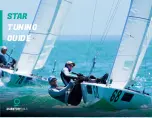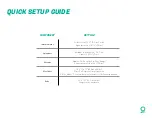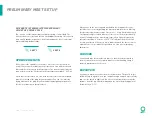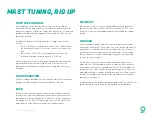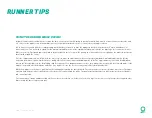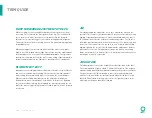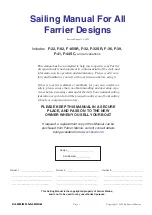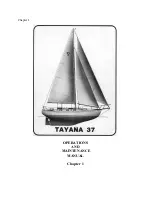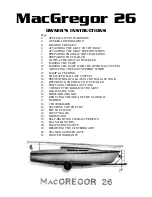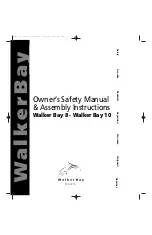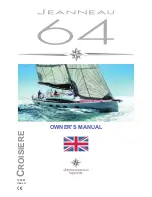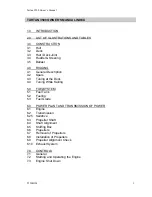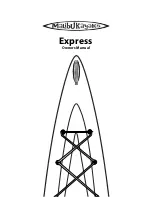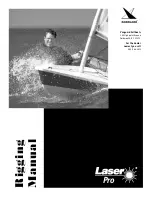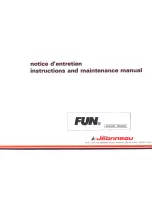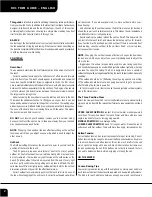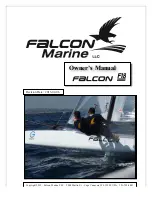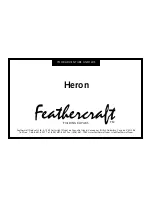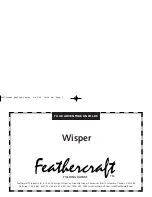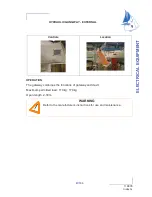
S TA R / T UNIN G GUIDE
ALTERNATE INTERMEDIATE MEASUREMENT
USING THE SPRING SCALE
You can also set the intermediates using the spring scale method. The
measurements are the same for this method, but the spring scale should
have only 18 pounds of pressure. Either method works. Here is a helpful
video explaining both methods.
When you’re on the water, a good method for checking whether your
spreaders are even is by pushing the mast forward at the deck to bring
the spreaders back to their stops. Check to see if they hit simultaneously.
The spreader angle tends to move over time so check them periodically.
If you’re looking for more mast bend, especially in lighter air, push the
spreader sweep back as far as or 5.75” (14.7cm) from the mast. At this
setting, you’ll need a little more lower backstay when the breeze comes
up. Make sure to check that the spreaders are even after making any
adjustment.
SHROUDS
Connect and tape the shrouds into place so that they stay attached to
the mast when the mast is stepped. Make sure that anything sharp is
properly taped to protect the sails.
BACKSTAYS
If you have a new mast, you need to cut the backstays. The goal is to get
the backstays to a point where you can pull enough on when it gets windy
and ease for speed in lighter air. We like to cut our backstays so that the
distance from the top of the black band on the rig to the bearing point of
the backstay is 6”-7½”.
SPREADER LENGTH
Next, connect the spreaders to the mast. Once these are installed, tie
a small line or shock cord between the tips that is even with the shroud
bolts and check the sweep of the spreaders. The measurement from the
back of the mast to the line between the spreaders should be 5” (12.7cm).
Check that the spreaders are even with the same line from tip to tip and
parallel to the top of the plug for your mast butt. You can check this by
laying a batten on the plug for your mast butt and sighting the batten to
the shock cord between the spreaders.
PRELIMINARY MAST SETUP
Summary of Contents for STAR
Page 1: ...STAR TUNING GUIDE ...

